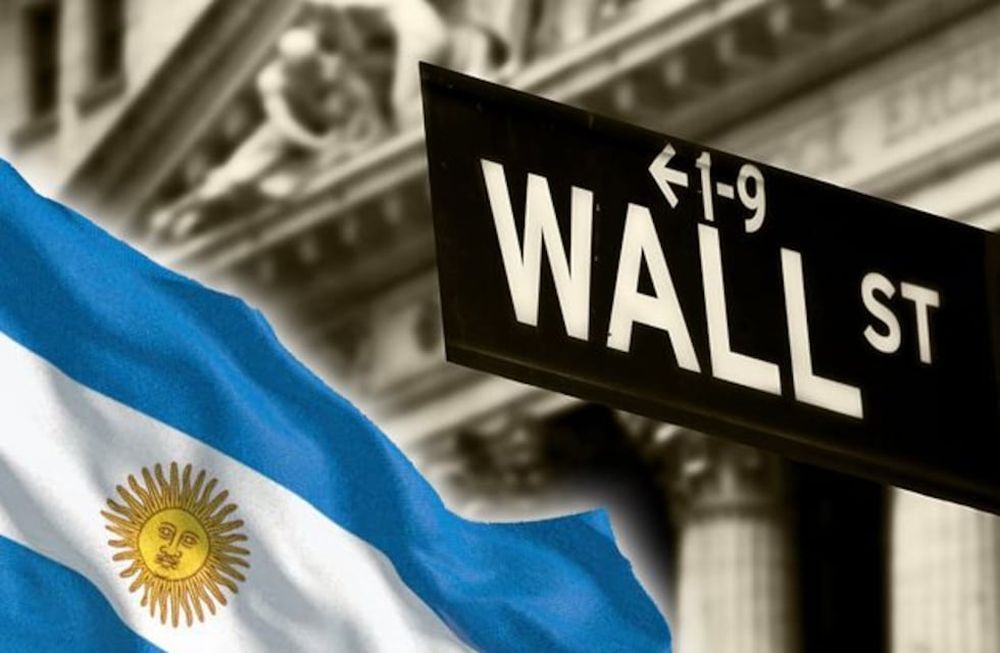The dollar plummets today, bonds and stocks recover, and country risk falls.

The retail dollar started the week on the decline , falling to $1,410 for buying and $1,460 for selling at Banco Nación. This represents a sharp drop of $55 compared to Friday, when the nominal record since the end of the currency controls had reached $1,515.
Embed - https://publish.x.com/oembed?url=https://x.com/prensabna/status/1970160166042488997&partner=&hide_thread=false
For its part, the blue dollar is bought this Monday at $1,455 and sold at $ 1,475 , that is, 25 pesos below the previous close.
The wholesale dollar , which has been attracting attention due to government intervention to contain exchange rate pressure, is at $ 1,433 , down 42 pesos from Friday. The floating band ceiling is set at $ 1,476.79 , according to the Central Bank's website.
Financial dollars are showing a sharp decline , trading between $1,425 and $1,433.
The rebound hit country risk hard: the EMBI+ Argentina index, compiled by JP Morgan , plummeted 320 points to 1,136 basis points , representing a daily decline of 22%. The contrast is stark: on Friday , it had reached a high of 1,516 points.
The buying wave also reached Argentine stocks on Wall Street , where ADRs posted historic gains, especially in the financial sector . BBVA advanced 16.6%; Banco Supervielle, 18.1%; Galicia, 14.1%; Edenor, 15.3%; Central Puerto, 14.3%; Banco Macro, 14.5%; Pampa Energía, 11.7%; and YPF, 11.4%.
In the local market, the S&P Merval index followed the momentum, climbing 6.3% to 1,789,000 points, reflecting a broad rebound after weeks of market tension.
The favorable outlook is explained by the signal of support from the United States Treasury, which promised financial aid to the country, and by the official nod of "zero withholdings," a temporary measure designed to add fresh dollars to the Central Bank's reserves.
The temporary reduction in export duties will last until the end of October or until USD 7 billion is settled.
Argentine companies listed on Wall Street are the first to benefit

In addition to the dollar exchange rate at the bank, there is a 30% tax on income and personal property.
Sale: $1,898 (BNA)
How much is the blue dollar worth today?- Purchase : $1,455
- Sale: $1,475
Since April, the exchange rate restriction has been lifted under a new floating band system ranging from $1,000 to $1,400 (with a 1% monthly adjustment), which will depend on supply and demand. Individuals wishing to purchase dollars can do so without the previously imposed $200 restriction .
It's worth clarifying that the purchase of dollar bills at the counter remains capped at USD 100 per month, in order to preserve the formal economy.
Blue dollar (Illustrative image / Web)

Blue dollar (Illustrative image / Web)
The MEP dollar , whose name derives from the Electronic Payment Market, is also known as the Stock Market dollar.
This is the dollar exchange rate accessed through an Argentine bond traded in both pesos and dollars. In the transaction, the bond is purchased in pesos and sold for its equivalent in dollars.
You don't need to have an account abroad to carry out the transaction, but you do need to open and activate a bank account for the transfer. Generally, via home banking, the bond is purchased in pesos and subsequently sold in dollars in a single step.
- Purchase: $1,428.07 (-$127.61)
- Sale: $1,430.20 (-$130.84)
With the Cash Settlement Dollar ( CCL ), legal entities can exchange Argentine pesos for dollars abroad by buying and selling shares or debt securities.
- Purchase: $1,425.20 (-$112.44)
- Sale: $1,432.87 (-$147.98)
Since April, the exchange rate restriction has been lifted under a new floating band system ranging from $1,000 to $1,400 (with a 1% monthly adjustment), which will depend on supply and demand. Individuals wishing to purchase dollars can do so without the previously imposed $200 restriction .
It's worth clarifying that the purchase of dollar bills at the counter remains capped at USD 100 per month, in order to preserve the formal economy.
losandes





